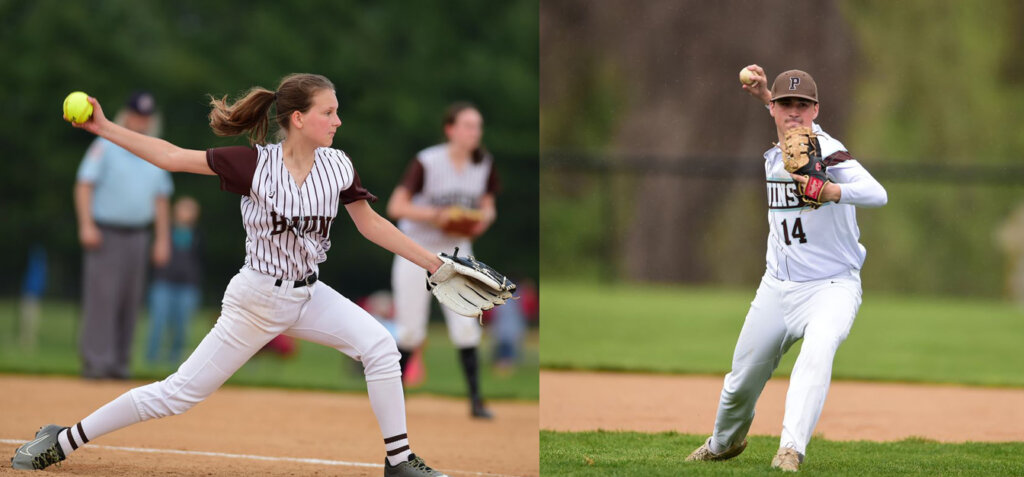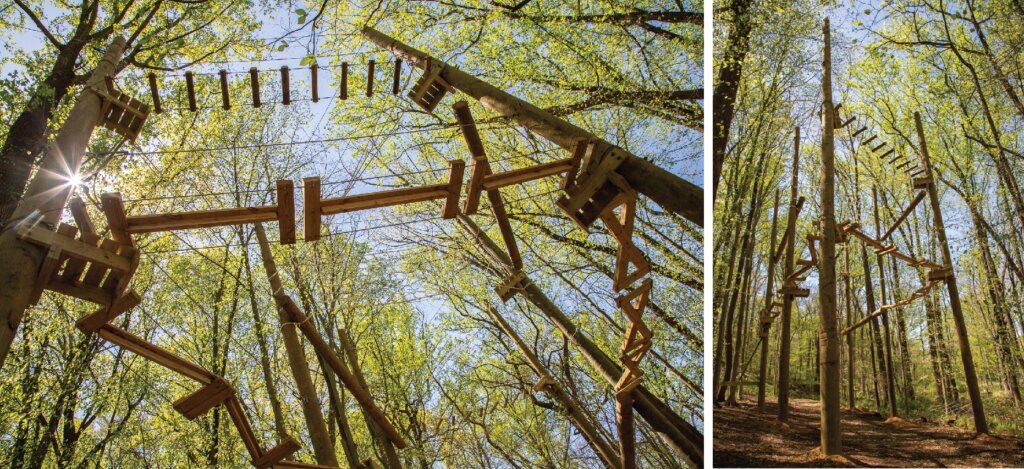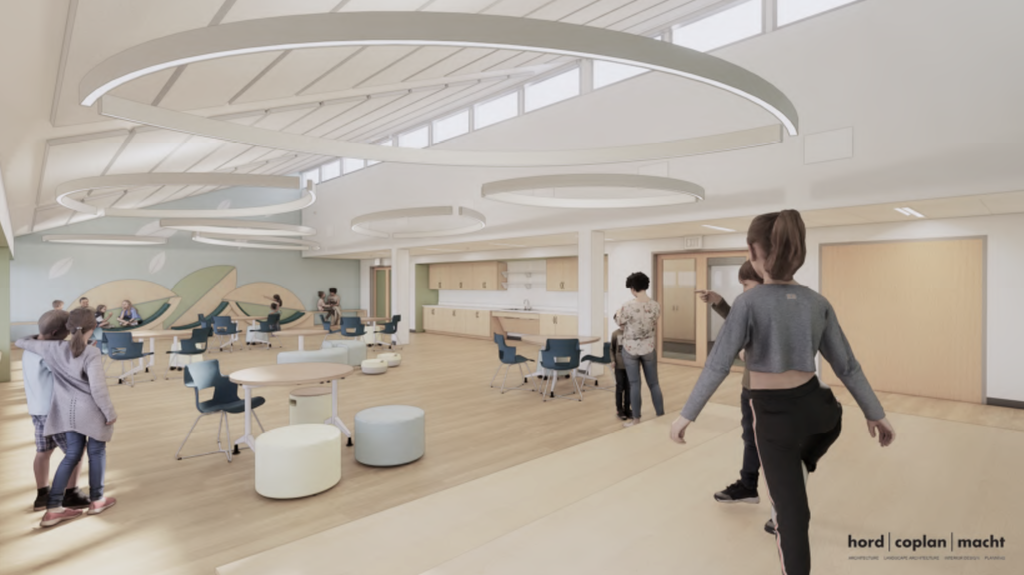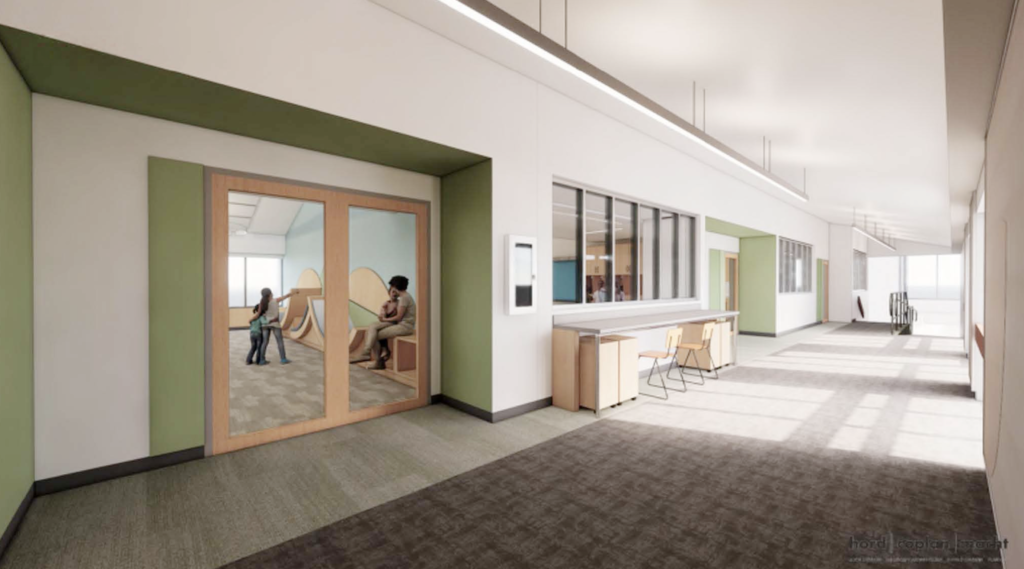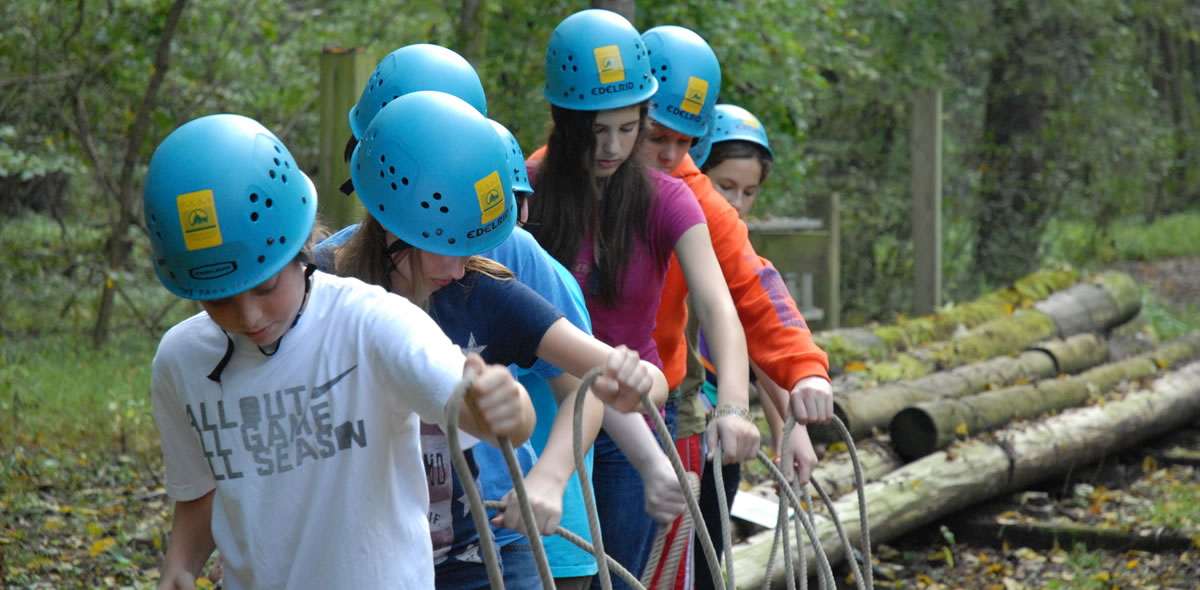Second Grade
The major themes of the second grade are people, place, and interdependence.
The major themes of the second grade are people, place, and interdependence. Children develop an understanding of culture, geography, and geology, as well as explore the effects that the environment around us has on our lives and the effect that people have on the land and water around them. Community is an important thread as we explore our own identities, relationships with each other, with the larger school community, and the Chesapeake Bay area.
Language Arts
Reading and writing are thoroughly entwined in our curricular framework. Students use examples of good literature to inspire their writing. Although second graders read and write at various levels, they are able to have conversations around a common theme and practice reading and writing strategies.
Grammar
Through direct teaching and looking for examples in our own writing and in the writing of the authors we love, children are exposed to grammar, including sentence structure, parts of speech, punctuation, and word choice.
Reading
Our reading program is designed to create well-rounded, proficient readers by focusing on several key areas: comprehension, fluency, vocabulary, grammar, phonics, and phonemic awareness. Each of these components is an integral part of building a strong foundation for reading success.
Comprehension is the ultimate goal of reading; it allows children to understand and interpret the text. To support this, we immerse students in diverse theme studies that explore culture and geography, fostering an appreciation for different perspectives and enhancing background knowledge. By connecting new information to what they already know, students better understand and retain what they read.
Fluency, vocabulary, and phonics are the building blocks that make comprehension possible. Fluency involves reading with speed, accuracy, and proper expression, and allows for smoother reading experiences. A rich vocabulary helps students understand more complex texts, while systematic phonics instruction aids with decoding and encoding words. Phonemic awareness, the ability to hear and manipulate sounds in words, is crucial for developing these phonics skills. By explicitly teaching these elements, our program ensures that students can confidently decode new words, understand their meanings, and read with ease, ultimately enhancing their overall reading comprehension.
Writing
Second graders practice their writing skills through both assigned and student-chosen topics. Students explore different types of writing including personal anecdotes, nonfiction, poetry, and persuasive writing. They are encouraged to see writing as a work in progress as they share their writing, get input from other students, and learn to revise their work.
Sharing their writing helps children internalize questions and anticipate what their readers need to know. Through feedback and revision, students learn to make judgments about what to put in and what to leave out of their compositions. As the year progresses, students develop and incorporate the following writing tools:
- Adding strong adjectives and verbs
- Using similes
- Developing suspense
- Including descriptive language and sensory detail to show, not tell
Library
Second grade students have library once a week. Each class begins with a story followed by free time for children to explore the library; they find their favorite authors and learn about specific subject sections in the collection (e.g. animals, planets) and how to find them. They share books with their friends and become more independent library users.
Mathematics
Park’s math program allows for an open-ended problem-solving approach, development of real enjoyment working with numbers, and understanding based on the discovery of relationships. Using the math curriculum, Investigations in Number, Data, and Space, teachers emphasize the learning process, thinking flexibly, problem solving, showing answers more than one way, and finding all the solutions. The topics covered in second grade include:
- Coins, Number String, and Story Problems: Addition, Subtraction, and the Number System
- Attributes of Shapes and Parts of a Whole: Geometry and Fractions
- How many Stickers? How many Cents?: Addition, Subtraction, and the Number System
- Pockets, Teeth, and Guess my Rule: Modeling with Data
- How Many Tens? How Many Hundreds? Addition, Subtraction and the Number System
- How Far Can you Jump?: Linear Measurement
- Partners, Teams, and other Groups: Foundations of Multiplication
- Enough for the Class? Enough for the Grade?: Addition, Subtraction, and the Number System
- Trades, Jumps, and Stops: Early Algebra
- Ages and Timelines: Subtraction on the Open Number Line
Music
In second grade, students embark on an exciting journey to expand their musical skills and music literacy through engaging games and collaborative activities. Our approach fosters a lively and interactive learning environment where children enhance their musical abilities and learn the value of teamwork. Through a variety of rhythm and melody games, singing exercises, and creative movement activities, students are encouraged to work together, problem-solve, and share their unique ideas. This method builds important social skills and a foundation for lifelong appreciation and understanding of music.
By incorporating diverse musical traditions and perspectives, music enriches students’ understanding of global cultures and encourages critical thinking about social issues. This approach fosters a more inclusive classroom dynamic and empowers students to use music as a tool for social change.
Physical Education
In second grade physical education, students focus on building foundational skills by mastering and engaging in more complex body and spatial awareness movements. The curriculum emphasizes advancing fundamental movement patterns and locomotor skills through a variety of fun activities. As students develop coordination and teamwork, they participate in increasingly challenging drills and games that integrate the various skills they have learned. This approach helps them demonstrate their understanding and application of these skills in a supportive and engaging environment.
Science
In second grade, students practice scientific process skills and create positive habits of mind. Hands-on exploration, discussion, collaborative group work, and literature are integral to science lessons. Children make observations; ask questions, craft a hypothesis; record and analyze; and draw conclusions. At this age, children will not go through the entire scientific process in every activity, but each activity has a process objective that furthers their understanding of scientific processes.
Units of Study:
- Water: the water cycle, surface tension, and our impact on freshwater in our community
- Geology: the process of erosion, the formation of landforms, and the investigation of rocks and minerals
- Changes: states of matter, chemical reactions
Spanish
Second-grade students explore the language and many distinct cultures of the Spanish-speaking world through themes that connect with the classroom curriculum. The Spanish curriculum allows for the use of targeted vocabulary and language and increasingly complex sentence structures across grade levels, providing the repetition needed to retain chunks of language. Classes explore family and pets, descriptive vocabulary, geography, and topography, among other topics.
Technology
In second grade, many technology skills revolve around writing, editing, and formatting in Google Docs using advanced skills. Students also learn how to create slideshow presentations using Google Slides to add words, pictures, animations, and transitions. They become adept in the use of Seesaw and other productivity applications to create digital portfolios, stay organized, collaborate, and effectively manage school work. Children learn about research and apply digital tools to gather, evaluate, and use information. Students review and build on their prior knowledge of the key concepts of digital citizenship using lessons from the Common Sense K-12 Digital Citizenship Curriculum. Second-grade students continue their basic programming concepts with code.org’s curriculum. Additionally, children continue their robotics journey using Botley robots for a hands-on coding experience.
Theme Studies, Social Studies, History
Interdependence is the focus of our theme study; the interdependence of people in a community, animals and plants in a biome, and people with their environment. Children explore ideas of identity, community, and culture throughout the year. They develop a positive sense of curiosity and respect for people who are different from themselves and move beyond stereotypes as they explore their own varied experiences and cultures and diverse literature. Integrated into this work, we introduce students to concepts of geography and geology beginning with a particular focus on Moores Branch, the stream on our campus. Interdisciplinary projects are a dynamic part of second grade.
Visual Arts
Second grade artists continue to explore with authentic tools and materials to develop skills and express thoughts, feelings, and ideas about themselves and their world. They dive deeper into studio work by creating relief prints, painting their own color wheels and learning about tints and shades, sculpting clay slab vessels, constructing wooden sculptures, and drawing tricycles from close observation. Throughout the art units, second graders are exposed to art vocabulary, which provides them with language to go deep in their discussion of creative processes. Artists from different races, ethnicities, and genders are presented so that the students can become aware of and see themselves reflected in professional work in the larger art world. We also visit the Baltimore Museum of Art Sculpture Garden in late spring to search for and observe characteristics of outdoor sculpture, read museum signage, and practice museum visitor etiquette.
